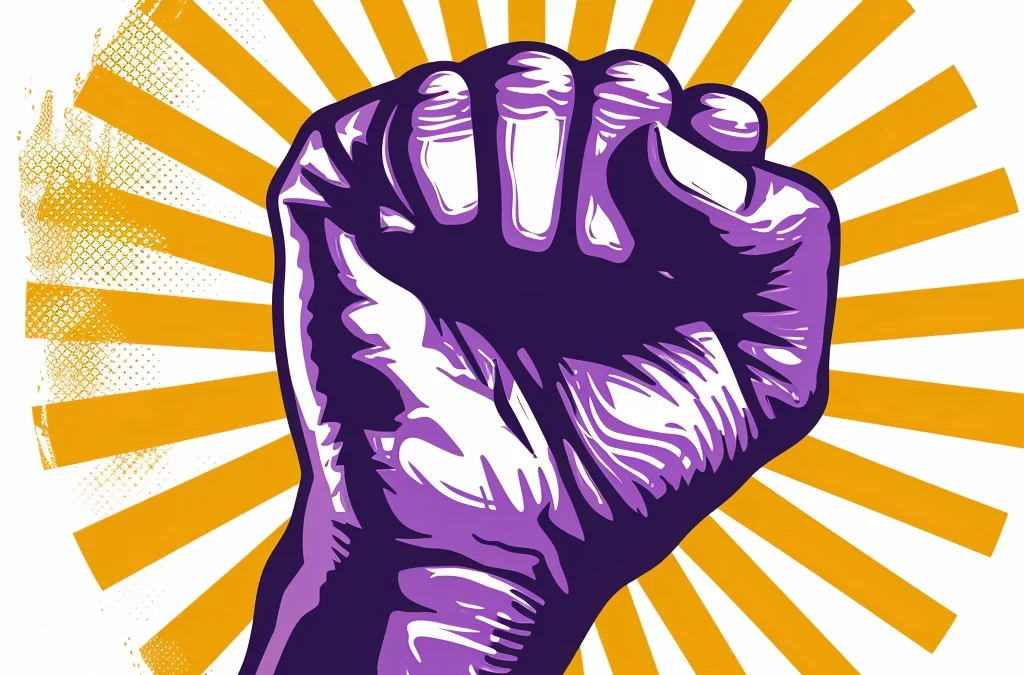There are only three Black coaches in the NFL, while 60 percent of players are black. It’s a conversation that’s being had often in today’s sports world … but did you know that the NFL’s first Black coach was hired in 1921?
At 5 feet, 9 inches and 165 pounds, Fritz Pollard was small for football. But that didn’t stop him from bulldozing barriers on and off the field.
There are only three Black coaches in the NFL, while 60 percent of players are black. It’s a conversation that’s being had often in today’s sports world … but did you know that the NFL’s first Black coach was hired in 1921?
At 5 feet, 9 inches and 165 pounds, Fritz Pollard was small for football. But that didn’t stop him from bulldozing barriers on and off the field.
Pollard attended Brown University, where he majored in chemistry and played halfback on the football team. He was the school’s first Black player and led Brown to the 1916 Rose Bowl, although porters refused to serve him on the team’s train trip to California.
After serving in the Army during World War I, he joined the Akron Pros of the American Professional Football Association, which later became the NFL. He was one of only two Black players in the new league.
In 1921, while he was still a player, the team also named him its coach – the first African American head coach in league history.
Over the next seven years, Pollard coached four different teams and founded a Chicago football team of all African American players. Later, he launched a newspaper and ran a successful investment firm. Pollard was inducted into the Pro Football Hall of Fame in 2005.
Althea Gibson – the Jackie Robinson of Tennis
Long before Venus and Serena Williams, another tall, young Black woman shook up the staid world of tennis with her powerful serve and brilliant play. She was Althea Gibson, and tennis had long been a segregated sport when her skill and strength broke the color barrier in the 1950s.
Gibson’s path to tennis stardom was unusual. She grew up in Harlem, on a block where – as luck would have it — New York City police blocked traffic so the neighborhood kids could play sports.
There she learned paddle tennis, and won a citywide tournament at age 12. Recognizing her talent, neighbors raised funds to help pay for tennis lessons, and a career was born.
Gibson began winning local and regional tournaments but was barred from national events because of her race. In 1950, she became the first African American to compete in the US National Championships — the precursor to the US Open.
In 1956, Gibson became the first Black player to win a Grand Slam tournament, the French Championships. The next year she was the first Black champion in the 80-year history of Wimbledon, receiving the trophy from Queen Elizabeth II.
By the time Gibson retired from tennis, she had won 11 Grand Slam titles and was the world’s top-ranked female player.
At age 37, she took up professional golf, becoming the first Black player on the LPGA tour. Racism followed her. Many country clubs refused to let her compete, fans taunted her with slurs, and she was sometimes forced to change clothes in her car. But her success in two sports dominated by Whites inspired generations of Black athletes.
“I always wanted to be somebody,” Gibson once said. “If I made it, it’s half because I was game enough to take a lot of punishment along the way and half because there were a lot of people who cared enough to help me.”
